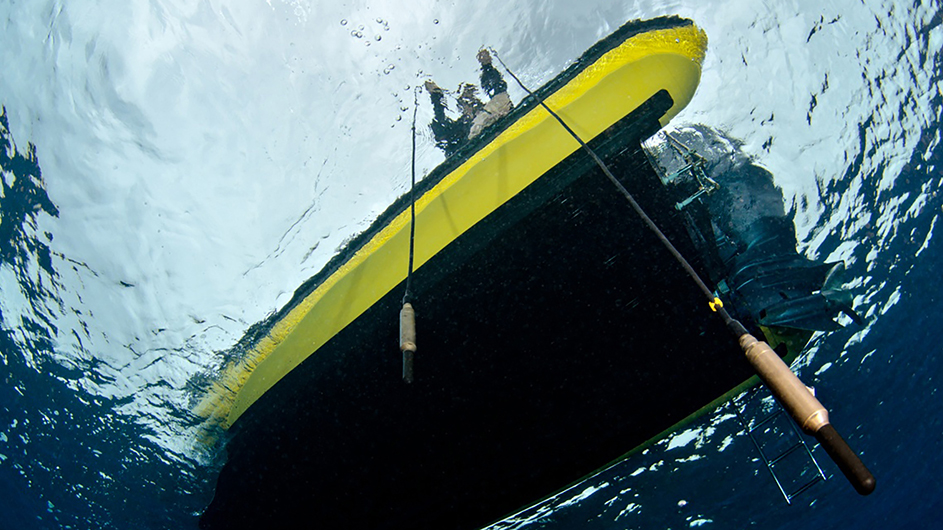A. Do you see a direct link between Winderen’s The Art of Listening: Under Water and Daan Roosegaarde’s Waterlicht, in terms of how both artists are trying to engage with the environment and raise people’s awareness of the effects of climate change?
Q. I am thrilled that the School of the Arts will open its Spring 2022 series of public programs with The Art of Listening: Under Water. The installation was supposed to close the Year of Water in 2020, but alas, we were unable to present any in-person events for most of that academic year. Winderen’s piece is a perfect contrast to Waterlicht, Roosegaarde’s dynamic light extravaganza, which we installed on the Manhattanville campus in October 2019, months before the pandemic hit. Both artists are deeply concerned with issues related to climate and water, in particular.
Winderen’s piece is profoundly, personally contemplative about our relationship to the natural world and the human impact on bodies of water and aquatic species. Whereas we experienced Waterlicht together, as a community, The Art of Listening: Under Water turns us back into the solitude of our own thoughts.
Winderen has diagrammed the multichannel installation, positioning speakers and seating across the floor of the Lantern—the large, open space on the top level of the Lenfest Center for the Arts. There, we will be together, hearing the same sounds and reverberations of water species and non-organic matter—but inevitably, each of us will experience and be impacted by these sounds in solitary and unique ways.
A. How is Winderen making the installation site-specific for both the Lantern in Lenfest and the waters around New York City?
Q. In late January, Winderen will be arriving from Norway to make new recordings in New York waterways—such as the Hudson River, off the West Harlem Piers, right near the Lenfest Center for the Arts—as well as in the Atlantic Ocean, near the coast of Belmar, New Jersey. We will work with a charter fishing boat to facilitate that recording session.
Thanks to Audemars Piguet, the School of the Arts also has rented hydrophones and other specialized equipment for Winderen’s use. These local underwater recordings will be woven into her existing soundscape, creating sonic specificity to both the Manhattanville neighborhood and the region.
Q. What are the main takeaways that you hope visitors to the installation leave with?
A. I hope the installation will send each of us into a deeper, quieter part of ourselves, where we can think about the gift of this variegated planet, which is our home. And, of course, I hope this experience will make us want to protect the natural world from human violation. But foremost, I imagine that sitting and listening will calm us, bring us joy, and allow us to find peacefulness, even in this present turmoil. I also anticipate that visitors will come to reflect on art as an exceptional vehicle for connecting us back to ourselves.
Q. Do you think recent and current events—the pandemic, climate change, political and social upheavals—have made artists even more aware of their power to contribute to the global conversation and try to effect change?
A. There have always been artists who have worked to effect change. By telling the stories that need to be told, they have helped us to recognize our great potential for creativity and imagination—strengths we do not always know how to access. In Leaves of Grass, Walt Whitman writes, “All music is what awakens from you when you are reminded by the instruments.” Perhaps we can say that the work of artists reminds us of our own potential to envision and then activate a future world that is more humane, conscious, and poetic than our present one.


